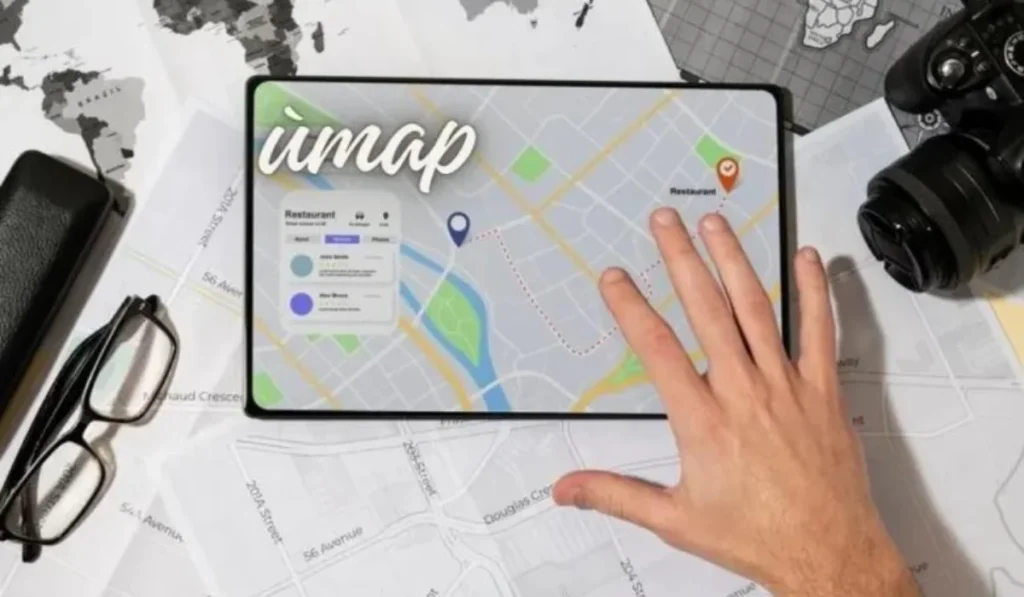What is ùmap? Complete Review and Details

In the realm of navigation technology, ùmap stands out as a significant innovation, revolutionizing how we navigate our world. This article delves into the intricacies of ùmap, exploring its origins, functionalities, applications, and impact on society.
History of ùmap
The roots of ùmap trace back to the early days of digital mapping technology. Initially conceived as a means to provide accurate and real-time navigation assistance, ùmap has undergone remarkable evolution and advancements over the years.
How ùmap Works
At its core, ùmap utilizes a combination of satellite imagery, GPS data, and advanced algorithms to provide users with detailed and up-to-date maps of various locations. By processing vast amounts of geographical data, ùmap delivers precise navigation instructions and location-based services.
Applications of ùmap
The versatility of ùmap extends across various domains, including navigation systems, location-based services, and geographic information systems (GIS). Whether it’s guiding travelers on unfamiliar roads or aiding urban planners in decision-making, ùmap serves as a vital tool in numerous applications.
Comparison with Other Mapping Technologies
In comparison to traditional mapping technologies like GPS, ùmap offers distinct advantages such as enhanced accuracy, dynamic updates, and interactive features. However, it also faces challenges related to connectivity issues and dependence on digital infrastructure.
Future Trends and Deve#lopments
Looking ahead, the future of ùmap holds exciting possibilities with the emergence of augmented reality (AR) and machine learning algorithms. These developments promise to further enhance the user experience and expand the utility of ùmap in various industries.
Privacy and Security Concerns
Despite its undeniable benefits, ùmap raises concerns regarding privacy and security, particularly regarding location tracking and data usage. Addressing these issues requires robust measures to safeguard user information and ensure transparent data practices.
Impact of ùmap on Society
The widespread adoption of ùmap has reshaped how we navigate our surroundings, influencing transportation, logistics, and urban planning. Its seamless integration into everyday life underscores its indispensable role in modern society.
Challenges and Opportunities
As ùmap continues to evolve, overcoming challenges such as data accuracy and accessibility remains paramount. However, these challenges also present opportunities for innovation and collaboration within the mapping industry.
Conclusion
In conclusion, ùmap stands as a testament to the power of innovation in shaping our digital landscape. From its humble beginnings to its current ubiquity, ùmap has transformed the way we interact with our environment, with boundless potential for the future.
FAQs
1. What devices support ùmap?
ùmap is compatible with a wide range of devices, including smartphones, tablets, and GPS navigation systems.
2. Can ùmap be used offline?
Yes, many ùmap applications offer offline functionality, allowing users to access maps and directions without an internet connection.
3. Is ùmap free to use?
While basic ùmap services are often free, some advanced features may require a subscription or one-time purchase.
4. How frequently is ùmap updated?
ùmap undergoes regular updates to ensure accuracy and incorporate new geographical data. The frequency of updates may vary depending on the region and provider.
5. Are there alternatives to ùmap?
Yes, there are several alternative mapping technologies available, including Google Maps, Apple Maps, and OpenStreetMap.




Leave a Comment